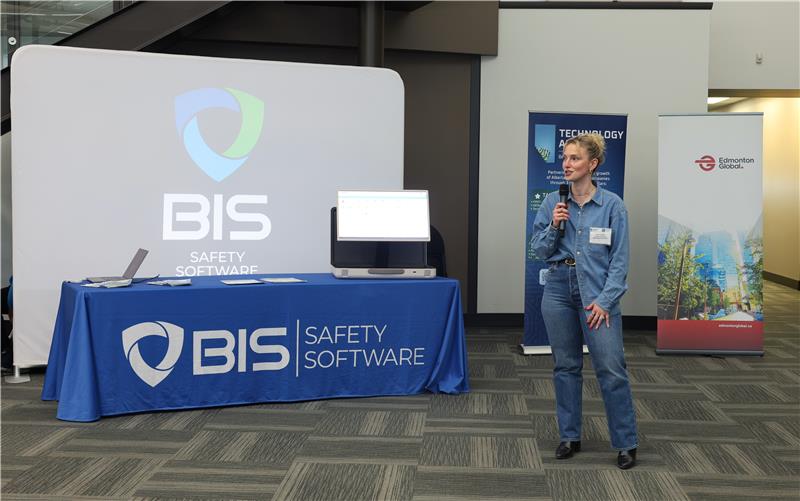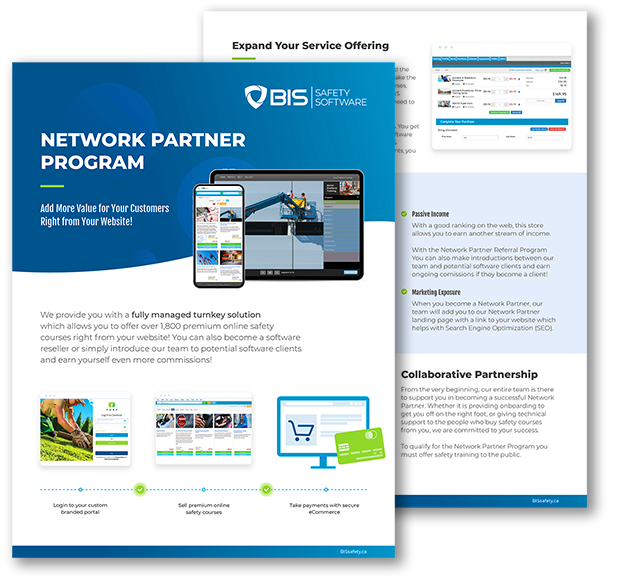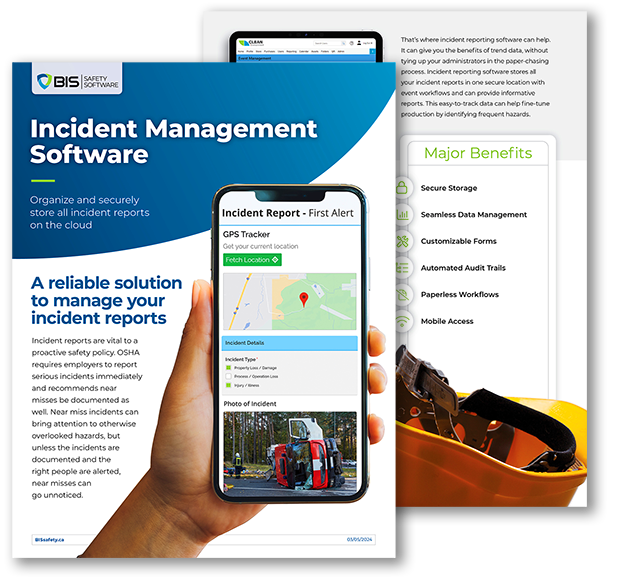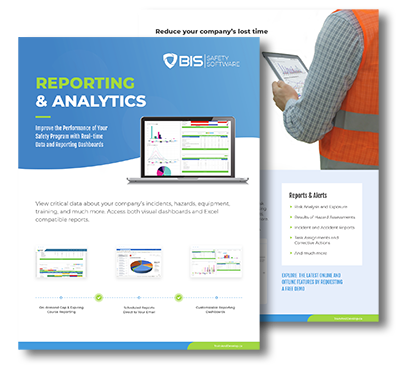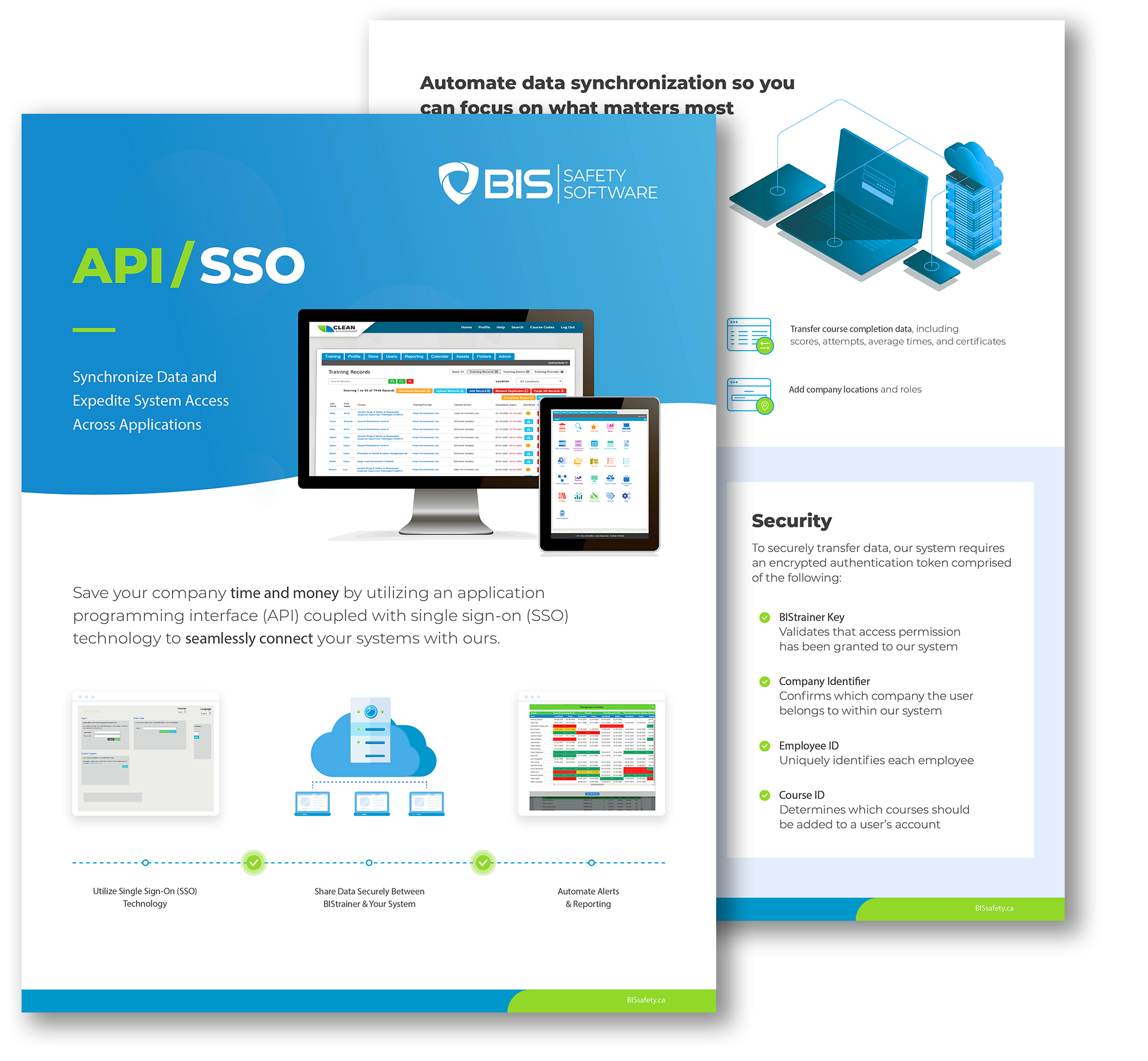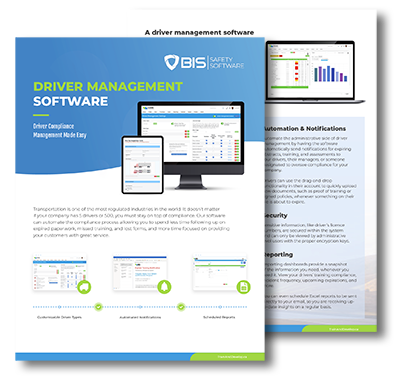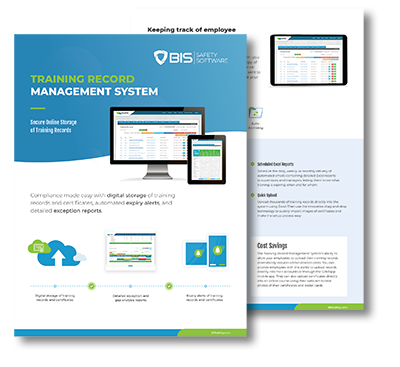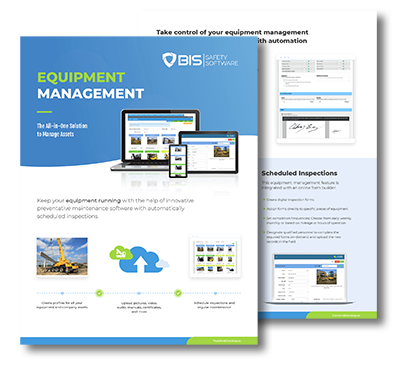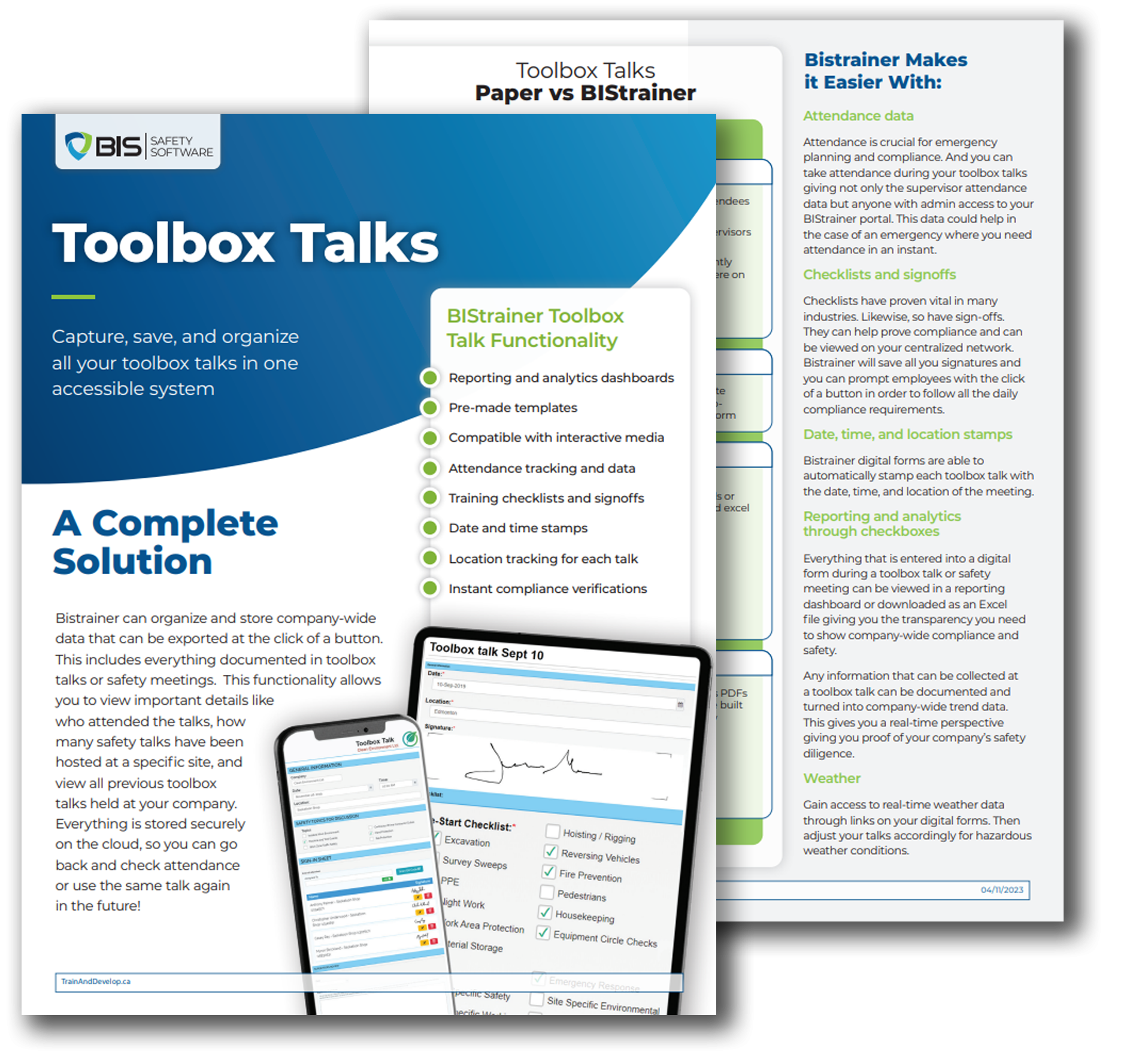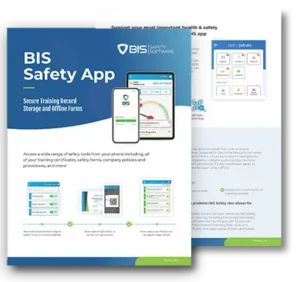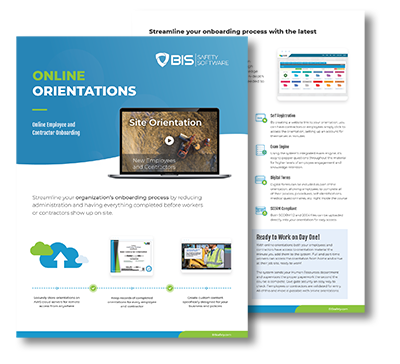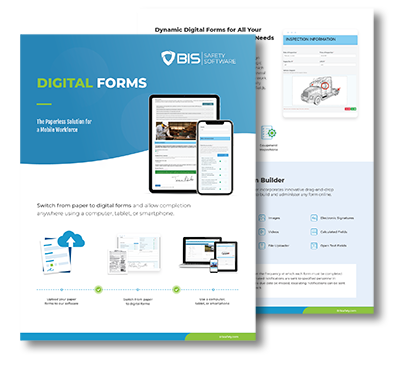
As the world developed, so did its specialists, and nothing facilitated that development like training. However, with new opportunities comes new requirements, so it’s no surprise companies the world over are finding new techniques to manage, verify, and organize their training.
As organizations strive to enhance employee performance, comply with regulatory requirements, and foster a culture of continuous learning, the maintenance of comprehensive training records emerges as a cornerstone for success. Let’s delve deeper into the strategies and best practices that can streamline the process of managing training records in the modern workplace.
Challenges in Maintaining Training Records: A Data-Driven Perspective
Maintaining accurate and up-to-date training records presents numerous challenges for organizations across industries. These challenges, often exacerbated by manual processes and evolving workforce dynamics, can have significant implications for compliance, operational efficiency, and employee development. Let’s delve deeper into these challenges, supported by statistical data and industry insights.
1. Data Fragmentation and Accessibility Issues
According to a survey conducted by the Association for Talent Development (ATD), nearly 45% of organizations still rely on manual methods, such as spreadsheets or paper-based systems, for tracking employee training. This fragmented approach often leads to data silos, wherein training records are scattered across various departments or systems, making it difficult to access and consolidate information efficiently. Moreover, the lack of centralized repositories hampers data accessibility, with only 39% of employees reporting easy access to training materials, as per a report by Brandon Hall Group.
2. Error-Prone Manual Processes
Manual data entry is inherently prone to errors, resulting in inaccuracies and inconsistencies in training records. The American Society for Training and Development (ASTD) estimates that manual data entry errors contribute to a 20-25% discrepancy rate in training records. These errors can have far-reaching consequences, from misreporting compliance metrics to undermining the credibility of performance evaluations. Additionally, the time and resources required to rectify errors further strain organizational resources, as highlighted in a study by Bersin & Associates.
3. Complexity of Remote Work and Virtual Training
The advent of remote work and virtual training initiatives has introduced new complexities in managing training records. A survey conducted by Training Industry Magazine revealed that 67% of organizations experienced challenges in tracking virtual training participation and completion rates. With employees accessing training materials from disparate locations and devices, ensuring the integrity and security of training records becomes increasingly challenging. Furthermore, the lack of standardized processes for virtual training exacerbates these challenges, as reported by Deloitte’s Global Human Capital Trends survey.
4. Compliance Risks and Regulatory Requirements
Compliance with regulatory requirements, such as Occupational Safety and Health Administration (OSHA) guidelines or industry-specific certifications, is a critical aspect of training record management. Failure to maintain accurate and up-to-date training records can expose organizations to legal risks and financial penalties. According to a study by PricewaterhouseCoopers (PwC), non-compliance costs organizations an average of $14.8 million annually. Moreover, the complexity and frequency of regulatory changes further compound these compliance challenges, as noted in a report by Compliance Week.

Embracing Digital Solutions for Training Records Management
In today’s rapidly evolving workplace landscape, the digitization of training record management has emerged as a game-changer for organizations seeking efficiency, accuracy, and scalability. By leveraging advanced technology solutions, businesses can streamline their training record management processes, enhance data security, and drive actionable insights. Let’s delve deeper into the benefits of embracing digital solutions for training records management, supported by statistics and industry insights.
1. Efficiency and Time Savings
According to a survey conducted by Training Industry, Inc., organizations that transition from manual to digital training record management systems report significant gains in efficiency and time savings. On average, businesses save up to 30-40% of administrative time previously spent on manual data entry and record-keeping tasks. Digital solutions automate routine processes such as enrollment, attendance tracking, and certification management, allowing HR professionals and training administrators to focus on strategic initiatives and employee development.
2. Enhanced Accessibility and Remote Collaboration
In the era of remote work and virtual training, accessibility and collaboration are more critical than ever. Digital training record management systems offer anytime, anywhere access to training records, enabling employees to participate in training activities regardless of their location or time zone. According to a report by Deloitte, organizations with cloud-based learning management systems experience a 25-30% increase in training participation rates among remote employees. Moreover, cloud-based platforms facilitate seamless collaboration and knowledge sharing among geographically dispersed teams, driving innovation and cross-functional synergy.
3. Improved Data Accuracy and Compliance
Manual record-keeping processes are prone to errors, inconsistencies, and compliance risks. According to a study conducted by PricewaterhouseCoopers (PwC), organizations that rely on manual methods for training record management face an increased risk of non-compliance with industry regulations and data privacy laws. In contrast, digital solutions offer built-in validation checks, audit trails, and encryption protocols to ensure data accuracy and compliance. By centralizing training records in a secure digital repository, organizations can mitigate legal risks, safeguard sensitive employee information, and demonstrate regulatory compliance to external stakeholders.
4. Data-Driven Decision-Making
The digitization of training record management unlocks the power of data analytics for actionable insights and strategic decision-making. According to a report by McKinsey & Company, organizations that leverage data analytics tools to analyze training records experience a 15-20% improvement in employee performance and productivity. Advanced analytics algorithms enable stakeholders to identify trends, track KPIs, and assess the effectiveness of training programs in real-time. By harnessing data-driven insights, organizations can optimize resource allocation, personalize learning experiences, and drive continuous improvement across the organization.

Training Records
Training records serve as a comprehensive repository of an employee’s learning journey within an organization. From onboarding sessions to specialized skill development programs, these records document every training activity undertaken by employees. They play a pivotal role in evaluating individual performance, identifying skill gaps, and devising targeted development plans. Moreover, training records are instrumental in ensuring compliance with industry regulations and standards, thereby mitigating legal risks and safeguarding organizational interests.
Implementing Standardized Processes
Standardizing processes is essential for ensuring consistency and reliability in training record management. Organizations should establish clear guidelines and protocols for recording training activities, including the types of information to be documented, the format of records, and the frequency of updates. By adopting standardized templates and workflows, organizations can streamline data entry, minimize errors, and facilitate data analysis for actionable insights. Regular audits and quality checks should also be conducted to verify the accuracy and completeness of training records.
Ensuring Data Security and Compliance
As custodians of sensitive employee information, organizations must prioritize data security and compliance when managing training records. Implementing robust data encryption protocols, access controls, and authentication mechanisms can safeguard against unauthorized access and data breaches. Additionally, organizations must stay abreast of evolving regulatory requirements, such as GDPR and HIPAA, and ensure that their training record management practices adhere to relevant data privacy laws and industry standards.
Harnessing Data Analytics for Insights
Beyond mere documentation, training records contain valuable insights that can drive informed decision-making and strategic planning. By harnessing the power of data analytics, organizations can uncover trends, identify patterns, and assess the effectiveness of training programs. Advanced analytics tools enable stakeholders to measure key performance indicators (KPIs), such as training completion rates, competency levels, and skill proficiency, thereby guiding resource allocation and investment decisions. By leveraging data-driven insights, organizations can optimize their training initiatives to meet evolving business needs and maximize return on investment (ROI).
Fostering a Culture of Continuous Learning
Ultimately, the management of training records should not be viewed as a mere administrative task but as a catalyst for fostering a culture of continuous learning and professional development. Organizations should incentivize employees to actively engage in training activities, recognize and reward achievement, and provide avenues for ongoing growth and advancement. By nurturing a learning-centric environment, organizations can empower employees to enhance their skills, drive innovation, and contribute to organizational success.
Related Articles
- All Posts
- #EmergencyPreparedness
- 2025 safety trends
- 360 Immersive
- 360immersive
- 6S Safety
- accident prevention
- accidental careers
- accountability
- adjustable workstations
- adult education
- AI automation
- AI implementation
- AI in business
- AI in operations
- AI in Safety
- AI podcast
- AI strategy
- AI transformation
- Alberta safety courses
- Allan James Moore
- artificial intelligence
- asking for help
- audit findings
- audit readiness
- Audit Reporting
- automation in safety
- automation strategy
- avoidable injuries
- awareness
- Aztec Safety
- back strain
- BambooHR integration
- Bear safety
- behavior-based safety
- Behavioral Safety
- behavioural safety
- biometric sensors
- BIS Podcast
- BIS Safety Podcasts
- BIS Safety Software
- BIS Safety Spotlight
- black holes
- Blame Culture
- Blue Angels
- BP Texas City Explosion
- Brave Leadership
- Brett Burkard
- burnout
- business automation
- call before you dig
- Canadian OHS
- Canadian safety
- Canadian safety history
- Canadian safety standards
- Canadian wilderness safety
- carbon monoxide
- Carolynne Heron
- CCOHS
- chemical
- chemical vapors
- chronic injuries
- chronic pain
- cloud-based safety tools
- Coming Soon
- community safety programs
- Competency in Safety
- complacency in safety
- Compliance
- compliance courses
- Compliance In Canada
- compliance issues
- Compliance management
- Compliance Reporting
- compliance software
- compliance tools
- compliance tracking
- compliance training
- compliance vs protection
- Construction advocacy
- Construction education
- Construction industry
- construction safety
- construction safety training
- construction technology
- continuous improvement
- continuous safety improvement
- corporate culture
- corporate training
- corrective actions
- crane
- CSA standards
- Customer Spotlight
- Customer Spotlight Kevin Swinden Global Hazmat Safety Culture Hazmat Management Dangerous Goods Competency in Safety Workplace Risk Mitigation BIS Training Clients Canadian EHS
- customized training
- daily trip inspection
- Damage Prevention
- Dangerous Goods
- dangerous goods classification
- Danny Sellers
- data-driven safety
- debriefing
- Decision Analysis
- defect management
- defect tracking
- defensive driving
- DEI in onboarding
- digital badges
- digital compliance
- digital FLHA
- digital forms
- Digital Hazard Reporting
- Digital Onboarding
- digital safety
- Digital Safety Audits
- digital safety meetings
- Digital safety systems
- digital safety tools
- digital safety transformation
- digital site access
- Digital Training Tools
- digital transformation
- DMS features
- document control
- document management system
- Dr. Joanna Pagonis
- Dr. Tom Krause
- driver file management
- driver training
- driving instructor program
- DTRMS
- e-learning
- e-learning tools
- eadership in safety
- early intervention
- education technology
- EHS
- EHS Adoption
- EHS Compliance
- EHS digital solutions
- EHS Inspections
- EHS Onboarding
- EHS software
- EHS systems
- EHS technology
- EHS tools
- Einstein
- electrical safety
- elite performance
- Emergency Action Plan
- emergency preparedness
- emergency procedures
- emergency response
- emergency supplies
- emotional training
- employee behavior
- employee engagement
- employee health
- Employee onboarding
- Employee Readiness
- employee safety
- employee training
- employee trust
- Energy Isolation
- engaging toolbox meetings
- equipment inspections
- ergonomic consulting
- ergonomic design
- ergonomic risks
- ergonomics
- Evacuation Procedures
- evidence collection
- EWI Works
- excavator safety essentials
- exoskeleton
- exoskeletons
- failure analysis
- fall prevention
- fall protection
- fast onboarding
- field experience
- field level hazard assessments
- field operations
- field safety
- field safety assessments
- field safety communication
- field safety leadership
- field safety services
- Field Safety Technology
- field safety tools
- Field-Friendly Software
- Fire Drills
- fire prevention
- Fire Safety Training
- first aid kit
- first week on the job
- first workplace injury
- fleet management
- fleet safety
- FLHA engagement
- FLHA Integration
- FLHA software
- FMEA
- freight
- Frontline Engagement
- frontline safety
- fuel handling
- future of work
- Gas Safety
- Global Hazmat
- global onboarding
- gravitational waves
- gut feeling in safety
- hand injuries
- handling hazardous materials
- hands-on training
- hazard analysis
- hazard assessment compliance
- hazard assessment software
- Hazard Awareness
- hazard communication
- Hazard Identification
- hazard prevention
- hazard recognition
- hazard reporting
- hazard reporting technology
- hazard tracking
- Hazardous Energy Control
- Hazmat Management
- Health & Safety Podcast
- health and safety
- hearing loss prevention
- hearing protection
- heavy equipment operation
- heavy equipment safety
- hidden workplace hazards
- high voltage systems
- HR automation
- HR software
- HR technology
- human factors
- human factors in safety
- human in the loop
- Human Performance
- human vs machine
- human-centered design
- human-centered safety
- humor in safety
- ICBC certification
- identification
- immersive learning
- Imposter Syndrome
- incident data
- incident investigation
- incident management
- incident prevention
- incident reporting
- inclusive leadership
- industrial AI
- Industrial Hygiene
- industrial safety
- influence vs control
- Infrastructure Risk
- injury consequences
- injury prevention
- injury prevention tips
- injury recovery
- injury reporting
- injury response
- injury response plan
- instant hazard logging
- instructor development
- internal audits
- international workforce
- interpreting safety data
- invisible dangers
- ISO standards
- Jeff Mulligan
- Jennifer Lastra
- job site accountability
- job site hazards
- job site risks
- job site safety
- jobsite readiness
- Jody Young
- KBR Safety Training
- Kevin Swinden
- labor movement
- ladder safety
- Leadership
- leadership accountability
- leadership and empathy
- Leadership in Safety
- Leadership Management
- leadership messaging
- Lean Manufacturing
- Lean Workplace
- learning from incidents
- learning management
- lifting techniques
- LIGO
- Linda Miller
- LMS
- LMS features
- LMS software
- Lock Out Tag Out
- lockout tagout
- lone workers
- LOTO
- machine learning
- Machine Safety
- Maintenance Safety
- mental health at work
- MI Safety
- microlearning
- Mike Schwartz
- minor injuries
- mobile FLHA solution
- mobile onboarding
- Mobile Safety Apps
- Mobile Safety Platforms
- mobile safety reporting
- Mobile Safety Tools
- mobile safety tools safety compliance solutions
- mould hazards
- mould prevention
- movement in workplace
- multilingual training
- MyZone AI
- Near Miss Reporting
- new hire experience
- New Hire Safety
- New Worker Training
- new workers
- no-blame investigations
- noise exposure
- nonconformance
- Northern BC
- NRCA
- NSC Standard 13
- occupational fatigue
- occupational hazards
- occupational health
- occupational health risks
- occupational safety
- occupational therapy
- OH&S
- OHS
- OHSA
- oil and gas safety
- omni-training
- onboarding Canada
- onboarding safety
- Onboarding Software
- online learning
- online orientation software
- Online safety training
- operational efficiency
- Operational Excellence
- organizational culture
- organizational safety
- OSHA compliance
- OSHA standards
- outdated practices
- Outdoor work hazards
- overconfidence
- overhead crane courses
- pain awareness
- paperless safety reporting
- paperless safety talks
- personal protective equipment
- Pharmaceutical Safety
- physics careers
- pipeline safety
- playbook software
- podcast
- post-accident review
- post-incident protocol
- PPE
- PPE enforcement
- PPE improvement
- pre-trip inspection
- predictive analytics
- pretrip inspection
- preventing shortcuts
- preventive action
- proactive risk management
- proactive safety
- proactive safety culture
- proactive safety measures.
- Proactive Safety Systems
- process improvement
- Professional development
- propane safety
- propane storage
- protective clothing
- psychological hazards
- psychological safety
- quality control
- quality management
- quality standard
- Real Safety Leadership
- real-time hazard reporting
- Real-Time Reporting
- real-time safety
- real-time safety tools
- real-time site data
- recordkeeping
- reduce training costs
- regulatory updates
- repetition in safety
- repetitive motion injuries
- respirator safety
- respirators
- risk assessment
- risk management
- risk mitigation
- risk prevention
- Risk Prevention Tools
- risk reduction
- road safety
- Robin Postnikoff
- ROI with AI
- root cause analysis
- root cause correction
- routine task risks
- safe excavation
- safe habits
- safe transport
- safe work habits
- safe work practices
- safety
- safety accountability
- safety advice
- safety article
- Safety Audit Software
- safety automation
- safety awareness
- safety best practices
- safety communication
- safety compliance
- Safety Conversations
- safety culture
- safety data
- safety data sheets
- safety documentation
- safety engagement
- safety follow-up
- safety gear
- safety gloves
- safety goggles
- safety habits
- safety improvement
- safety incentives
- safety innovation
- safety insights
- safety inspection
- safety instinct
- Safety Leaders
- safety leadership
- Safety Leadership Podcast
- safety legislation
- safety lessons
- safety management
- safety management system
- safety management systems
- safety metrics
- safety mindset
- safety motivation.
- safety myths
- safety onboarding
- safety planning
- safety podcast
- safety procedure updates
- Safety Procedures
- safety process improvement
- safety professionals
- safety reporting
- safety review process
- safety shortcuts
- safety software
- Safety Spotlight
- safety systems
- safety technology
- safety theater
- safety tips
- safety tools
- safety training
- safety transformation
- safety transparency
- Sarah Anderson
- scaffold safety
- scaffolding inspections
- scalable training solutions
- Scott Lyall
- shipping documentation
- silent dangers
- silica dust
- Sinogap Solutions
- slow-building hazards
- smart helmets
- smart PPE
- smart safety systems
- smart safety tools
- SOPs
- space science
- Spencer McDonald
- Standardized Work
- stop work authority
- storytelling and safety
- storytelling in safety
- supervisor training
- system safety
- Systems Thinking in Safety
- tablet-based toolbox talks
- TDG
- team communication
- team performance
- teamwork
- tech and ergonomics
- tech in safety
- tech-enabled learning
- Thinking Driver
- Titan Environmental
- toolbox talks tablets
- Total Recordable Injury Formula
- tough guy mentality
- toxic air
- training
- training courses
- Training integration
- training management
- training matrix
- training record management
- training records
- training software
- transportation
- transportation of dangerous goods
- trust
- Trust and Accountability
- trust at work
- underground utilities
- unseen workplace threats
- user experience
- utility line marking
- utility locating
- Utility Safety Partners
- values-based onboarding
- vehicle safety
- version control
- veteran advice
- Virtual Reality
- VR safety training
- VR Technology
- wearable technology
- WHMIS
- Wildlife awareness
- witness statements
- women in leadership
- work-alone training
- work-related injuries
- worker accountability
- worker advocacy
- worker fatigue
- worker protection
- worker safety
- worker safety habits
- worker safety tips
- worker trust
- worker wellbeing
- workers' rights
- Workforce Automation
- workforce compliance
- Workforce development
- workforce engagement
- workforce management
- Workforce Readiness
- workforce training
- workplace accidents
- workplace air quality
- workplace best practices
- workplace certification
- workplace compliance
- Workplace Culture
- workplace hazard prevention
- Workplace Hazard Tracking
- workplace hazards
- workplace health
- workplace incident response
- workplace injuries
- workplace injury prevention
- workplace inspections
- workplace leadership
- workplace mindset
- Workplace Organization
- workplace risk factors
- workplace risk management
- Workplace Risk Mitigation
- Workplace safety
- workplace safety culture
- Workplace Safety Leadership
- workplace safety rules
- workplace safety tech
- workplace safety tips
- Workplace Safety Tools
- workplace safety training
- workplace stress
- workplace tiredness
- workplace wellness
- WSPS

Invisible and unpredictable, gases can pose serious risks in any work environment. Learn why understanding gas behaviour is critical for...

Learn how daily pre-trip inspections boost fleet safety in Canada, ensuring compliance, preventing accidents, and reducing costly downtime.

Lisa Rantucci started her career in safety with a single question: ‘Can I join your team? In her early twenties,...








